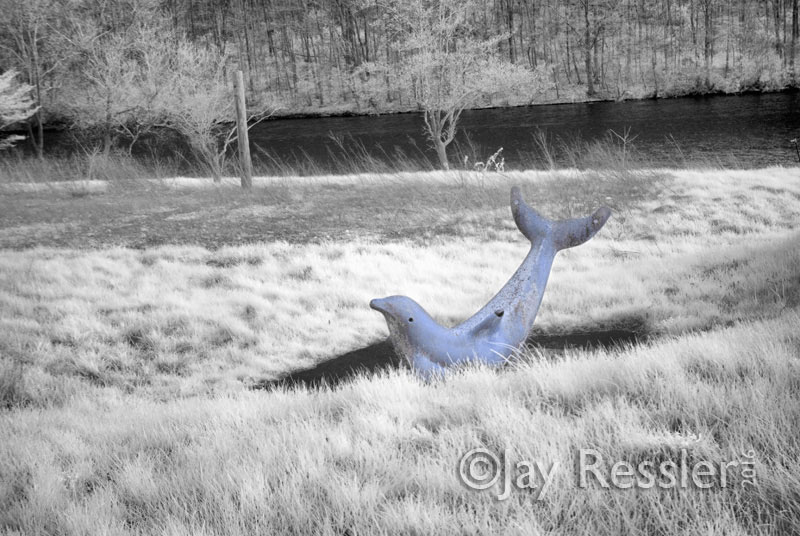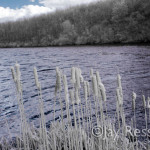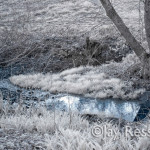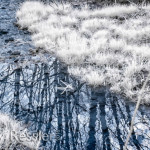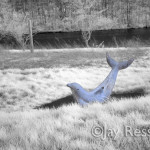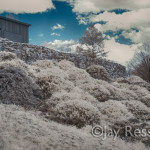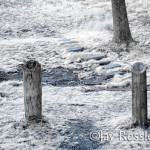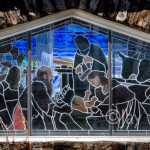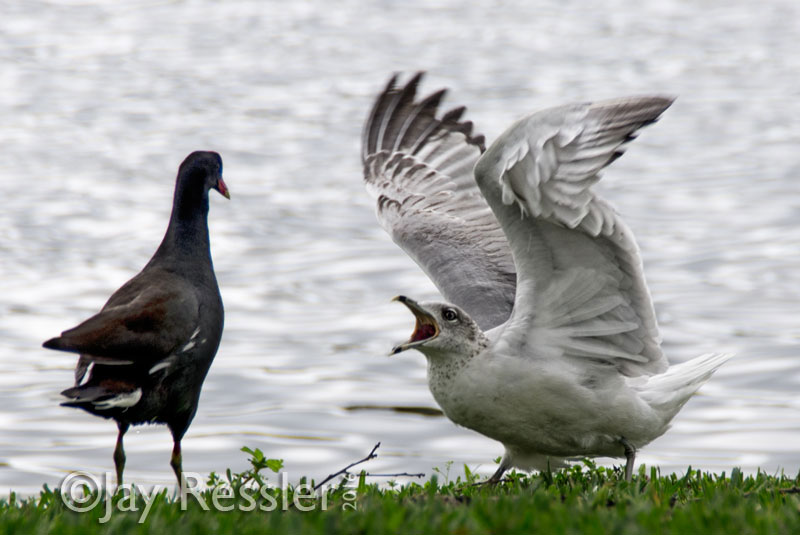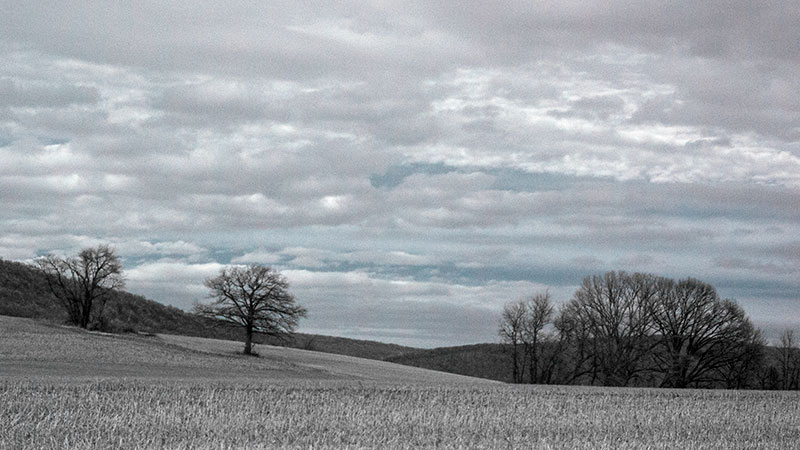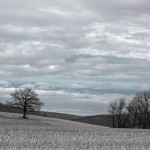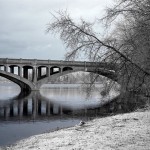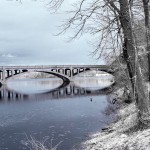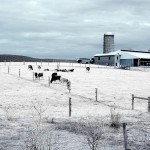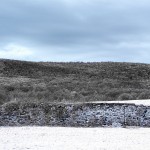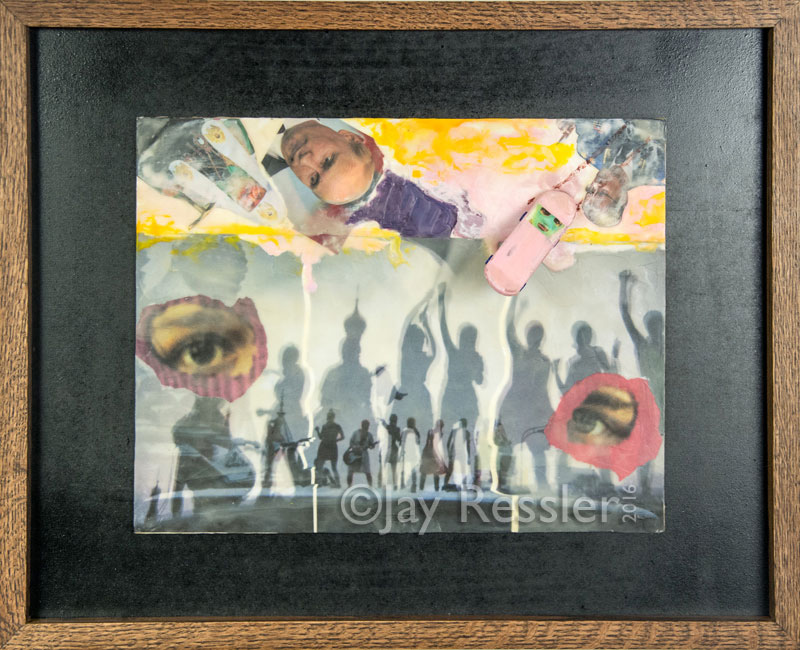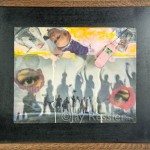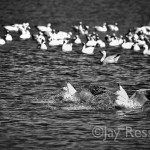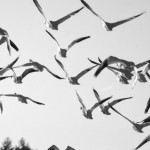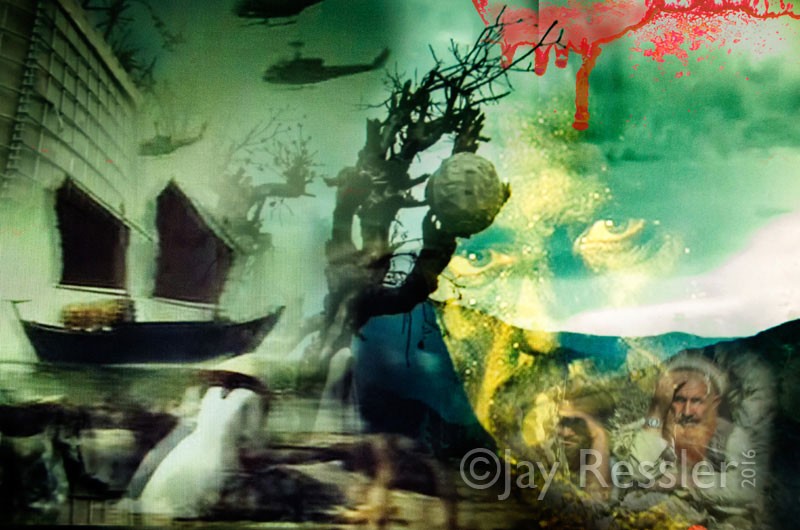At the beginning of this year, I changed this blog to “52 Weeks: Sights and Insights” with the intention of commenting on art and photography in addition to showing a few new pictures each week. Late last month a transformative event occurred in the world of digital processing, which I’ll discuss below.
Making pictures involves far more than choosing or setting up a scene, snapping the shutter, and then printing or sharing what the camera delivers.
Every digital capture needs to be developed just as film does.
Of course, every competent photographer needs to know the ins and outs of their camera and have some idea of how to translate what they see in the world or want to convey into a photograph. What comes out of the camera isn’t a finished product no matter how attentive the photographer, how good the camera, or how perfect the settings.
For maximum impact every digital capture — whether snapped on a phone, point & shoot, or DSLR — needs to be developed, just as exposed film needs to be developed.
The biggest advances in digital photography are being made in mobile devices. Manufacturers are packing them with higher megapixel chips, the capacity to accept bigger storage devices, cloud-sharing and storage, and in, a very few cases, even the ability to capture RAW (uncompressed TIFF) images. In-phone developing tools have also given mobile photography a leg up. Among the dozens of mobile processing tools, the best is probably Google’s free Snapseed app. Photoshop Express, also free, likewise is a very good app. Both Android and iPhone compatible versions are available.
By default, most digital cameras shoot compressed jpegs. Part of the secret to compressing the image files is that the camera’s computer decides to discard huge amounts of information based on the broad array of available settings. As a consequence, big constraints are placed on what can be accomplished in the development stage.
All professional and serious amateur photographers capture their images in an uncompressed RAW format because RAW files give the photographer total control. Adobe’s DNG (digital negative) option is the most universally compatible RAW format. RAW files are much larger than compressed JPEGs because, even though their initial display appears the same as JPEGS, they retain all the information gathered by the sensor. Adobe Lightroom or Adobe Camera RAW (ACR) are powerful tools for the first steps to develop photos from RAW files. ACR comes bundled with both Photoshop Essentials and Photoshop Elements. ACR tools are easy to use and nondestructive and nearly the same as the built-in tools on Lightroom’s Develop module. Since these tools are nondestructive you can revert to the original RAW file at any time.
“Today everything exists to end in a photograph,” Susan Sontag
Lightroom has many useful preset filters for refining photos including very powerful HDR and panorama tools. While I do use these last two frequently, I seldom use the other presets. After making basic adjustments in Lightroom I’ll take an image over to Photoshop for final editing where I’ll save it as a PSD (native, uncompressed Photoshop) file. JPEGs of various sizes and uses are derived from that original. Because of the compression algorithms used to produce them, JPEGs are progressively degraded every time a change is made and the picture resaved.
Here’s where Google’s March 24 announcement comes in. For years I’ve used the Nik Collection for the final stage of developing pictures. A friend gave me an early version to test, which I managed to use for years. Finally I bought the full suite when Google distributed it at a price I could afford. A few days ago Om Malik wrote in The New Yorker:
“This photo-editing software is as beloved among photographers as, say, Katz’s Deli is among those who dream of pastrami sandwiches.”
Late last month Google announced that the Nik collection, which it purchased in 2012, mainly to gobble up Snapseed developed by Nik, will be available for free from now on.
Nik is as beloved among photographers as Katz’s Deli is among pastrami lovers.
In making this announcement Google also said there will be no further development of the software. The Nik Collection works with Photoshop, Lightroom, Aperture, even GIMP, and other software. I highly recommend it if you want to take your photos to the next level.
Get the collection here. (At the same time Tim Grey made his learning package for the Nic Collection free. Get it here.)
The question many are asking in light of this and other developments is this: Does this move signal the death of the photograph as a physical thing?
Call me prehistoric, but somehow I doubt that the physical paintings decorating the cave wall has completely given way to the ephemera of the worldwide web or ever will.
